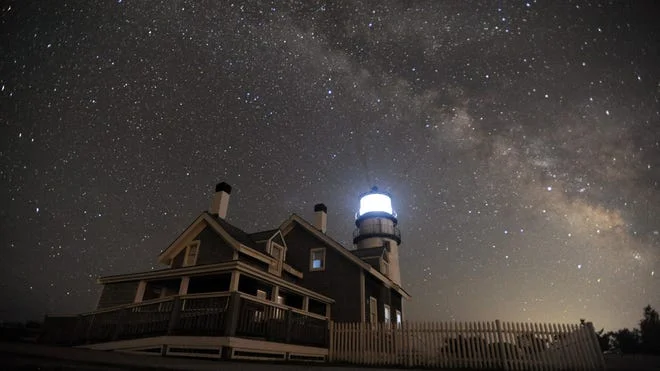
Don’t Miss It! The Milky Way to Grace US Skies This May
Get ready, stargazers! Our home galaxy, the Milky Way, is set to make a stunning appearance in the skies across the United States this May, particularly around the Memorial Day weekend. This is a prime opportunity to witness the breathtaking band of billions of stars that make up our galactic neighborhood. But why is this happening now, and how can you ensure you catch this celestial spectacle?
The key lies in the lunar cycle. As LiveScience.com reports, the period between the last quarter moon and the new moon offers the darkest skies, providing the perfect backdrop for the Milky Way's brilliance. Specifically, from May 20th to May 30th, the skies will be at their darkest, making the Milky Way exceptionally visible. This window aligns perfectly with the upcoming Memorial Day weekend, offering a fantastic opportunity for a stargazing adventure.
What is the Milky Way?
The Milky Way is a spiral galaxy spanning over 100,000 light-years. Our solar system resides within one of its spiral arms, about halfway from the galactic center, according to NASA. From Earth, we perceive it as a faint band of light stretching across the night sky.
When and Where to View the Milky Way
While technically, the Milky Way is always present, the months between February and October offer the best viewing conditions, with a peak from March to September, as noted by Capture the Atlas. However, this late May timeframe promises even greater visibility.
To maximize your chances of seeing it, head out between midnight and 5 a.m., when the sky is darkest. Look towards the southeast, where the Milky Way rises, arcs across the southern sky, and sets in the southwest. LiveScience.com suggests using the Summer Triangle, a shape formed by three bright stars, as a guide.
Crucially, escape light pollution. DarkSky International maintains a list of designated dark sky communities – 159 within the U.S. – which offer optimal viewing conditions.
The New Moon Advantage
Astronomers emphasize the importance of the new moon. As TimeAndDate indicates, the next new moon falls on Tuesday, May 26th. The absence of moonlight allows the fainter stars of the Milky Way to truly shine.
California Stargazers, Take Note!
Residents of California are in for a treat. The Milky Way will appear as a vibrant band arching across the night sky. As NASA points out, finding a dark space away from city lights is critical in that state to witnessing our galaxy.
Final Thoughts
Whether you're a seasoned astronomer or a curious beginner, this May offers a perfect opportunity to connect with the cosmos. This is your chance to witness the heart of our galaxy! Will you be venturing out to catch a glimpse of the Milky Way? What are your favorite stargazing spots?
Share your thoughts and observations in the comments below!